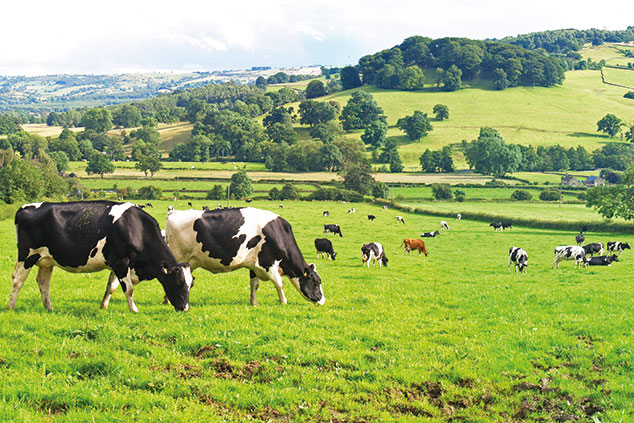
The government has allowed for exceptions to the rule, so make sure you’re aware of them.
At least 15,700 property buyers paid too much stamp duty last year, says HM Revenue & Customs (HMRC). This is partly down to the fact that buyers, and sometimes even conveyancers, aren’t aware of all of the exceptions to the higher rate that has been charged on second homes since 2015.
On the surface, the 3% surcharge on second homes is fairly straightforward. At the end of the day on which the transaction takes place, if you own just one property, the higher rate won’t apply, regardless of what the property is used for, says HMRC. If at the end of that day you technically own two or more properties, the higher rate still won’t apply if the property being bought replaces your main residence, which is being sold.
As always, there are loopholes
Yet as with most things relating to tax, the rule comes with exceptions. First, it’s worth clarifying that, if when you buy your new house your previous main residence is yet to be sold, you will still have to pay the higher rate. Although your intention is still to replace your main residence, HMRC unfortunately won’t just take you at your word. However, you can apply for a refund on the extra stamp duty if the previous house is sold within the next three years. A refund must be claimed within three months of the sale of the previous residence, or within 12 months of the filing date of your tax return, whichever comes later.
Next, you might find yourself in the situation where you’ve sold a main residence in the past, but are now facing the surcharge on buying your new property, as you currently own other properties. (So this might apply, for example, to buy-to-let landlords who live in rented accommodation.)
However, at the moment you can avoid the surcharge even if you sold your house years ago, as HMRC will still treat the transaction as if you are just replacing your main residence. Importantly, when it comes to purchases made after 26 November 2018, the sale of the previous main residence will need to have taken place within the three preceding years to count.
If that all sounds very complicated (and it is), thankfully there is another slightly more straightforward exception. If you are buying a property as your main residence, but already part-own a house because you have inherited it, the higher rate of stamp duty will not apply where your share of the property is less than 50%, and where you inherited the property within the preceding three years.
Finally, it’s worth keeping in mind that there are some types of transaction that attract commercial stamp-duty rates rather than residential ones, potentially saving you a lot of money even if you already own another property. (Commercial rates kick in at 2% on the portion of a house’s value after £150,000 and 5% over £250,000; whereas residential rates can rise as high as 15% once the surcharge is added on.)
One such instance is where the property you buy can be classed as mixed-use – so one with both residential and non-residential elements. This could apply if you’re buying a building that is made up of a flat above a shop, or a farmhouse purchased alongside working farmland. Just note that in situation likes this, whether or not a property counts as being mixed-use will ultimately come down to HMRC’s opinion, so you may want to take advice on this aspect of the transaction.